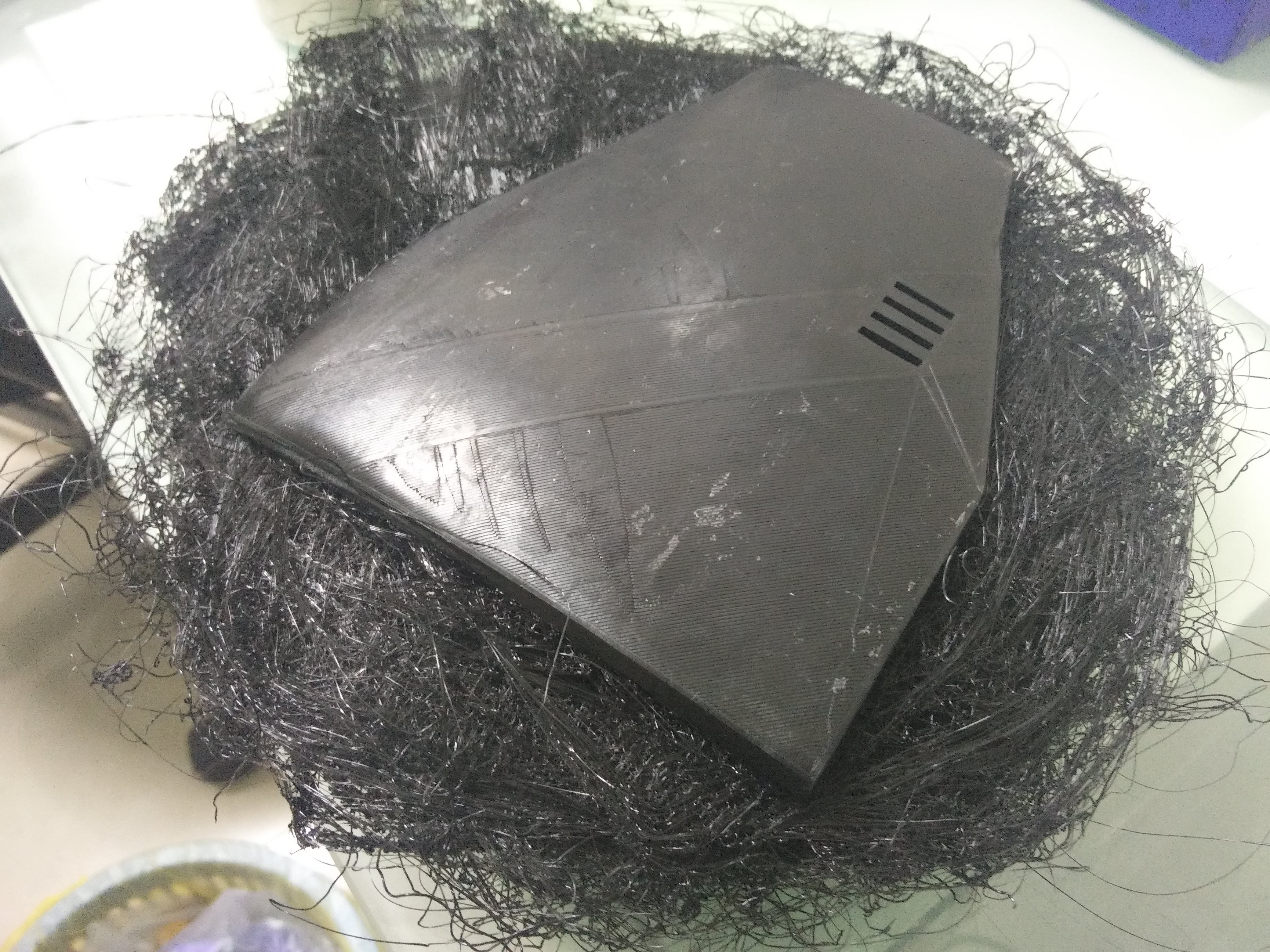AI-based 3D Printing Failure Detection - Meet The Spaghetti Detective
Hey – We here at The Spaghetti Detective are on a mission to make sure that whenever you press that print button, The Spaghetti Detective has your back. There's nothing more frustrating than starting a print, walking away or getting distracted, and you come back to what you thought was going to be the latest flexible dinosaur or benchy, and its nothing but separate strands of filament, all scattered on your build plate.
We'll be going over how she (yep, the spaghetti detective is a she) works tirelessly to keep your unruly printer in line, but first we're going to be tackling the root of the problem – What makes prints fail, and what are some things that you can do to stop failures ahead of time.

First on our list of problem areas is bed adhesion. Breaking down the leading causes of print failure, by and far, the most common and most frustrating reason for print failure is poor bed adhesion. If the print does not stay stuck to the bed, nothing can follow after it, and you'll wind up wasting your time and effort as well as potentially oodles of filament.
This is often confusing for many beginning users, who will spend a lot of time watching their printer just to watch the print wander off the bed and cause a mess. A properly squished-but-not-too-squished first layer is the key to a successful print. This single layer is what keeps your print attached to the platform, and deserves the highest level of attention to detail. There are a few key items which will greatly reduce failure rates of printed parts. This first entry will touch on some of the high points, and there will be more in-depth pieces going into more advanced theory and solutions in the future.
Stay tuned!